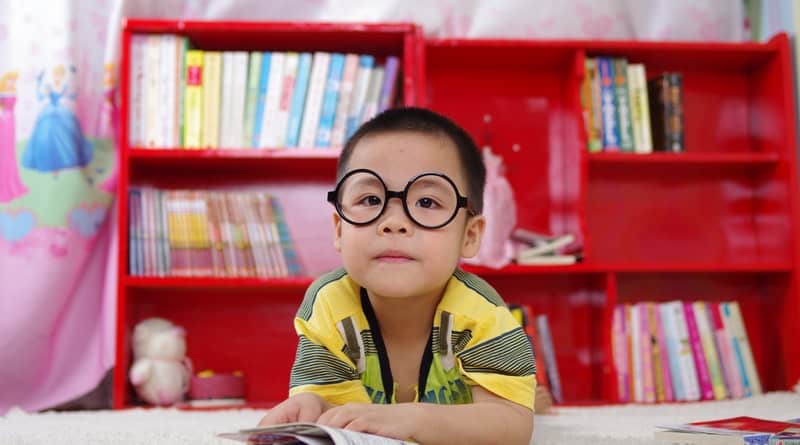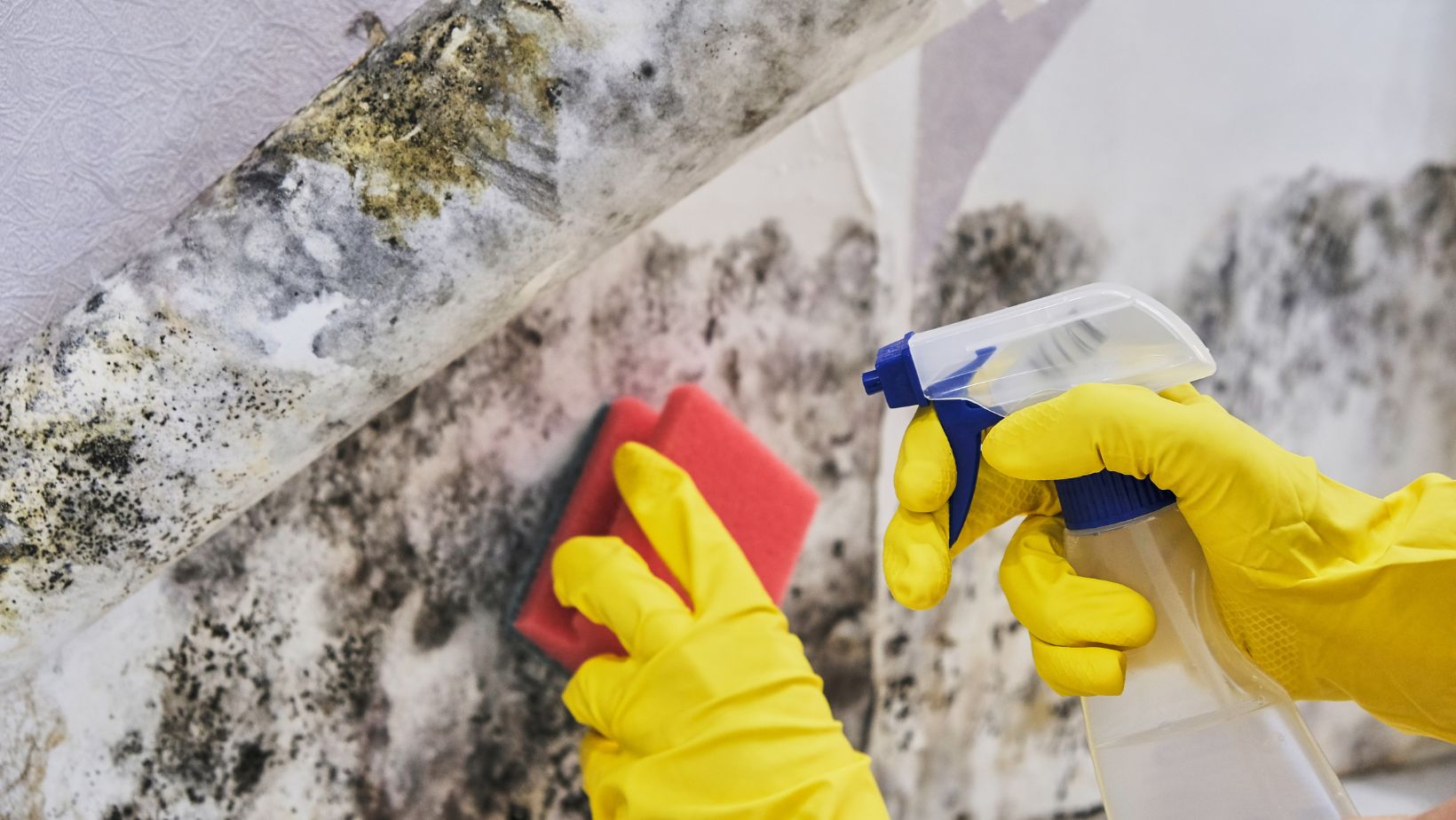The Ultimate Guide to Decluttering Your Home, With Kids

Decluttering has become a worldwide movement, for all kinds of reasons, including Marie Kondo’s “Life-Changing Magic” and less material-based ideas about living our best lives. Decluttering has been credited with better moods as well as cleaner homes, so you’ll probably find it positive regardless of why you do it.
Decluttering and Selling
But one vital reason to declutter is to sell your home. Then it’s not a lifestyle choice, but an absolute necessity. Realtors have long told us the best way to attract buyers is to get them to imagine themselves living there. If they can “see” themselves in your house, along with the attractive features the house contains, you just might get that offer. And, you just might get a 3-5% higher offer.
If, on the other hand, what buyers see is a pile of mail, cereal boxes and dirty dishes, heaps of laundry, scattered toys, and jam-packed closets, that is all they’re going to see. No one will connect with a clutter filled house.
The Challenge with Kids
Downsizing with kids can present some real challenges, depending on their ages and their ability to participate. Little ones who can’t help, and who might even re-clutter, need to be safe and occupied, and working around them is your challenge. Older kids who can help need age-appropriate tasks, and, often more difficult, need help to cope with letting go of possessions.
Since effective decluttering requires good strategy, build your kids’ needs and abilities into your master plan.
What’s the Plan?
One aspect of decluttering is breaking the big project down into manageable pieces. Take the house one room, or even part of one room, at a time. Begin with the kitchen, or just the kitchen cabinets, and move on from there. (Don’t neglect closets, and don’t use them to hide clutter. Potential buyers want spacious storage, which should be half-empty and neat.)
Another important basic is making sure you have the right supplies. Get some sturdy bins for each family member to label “Keep,” “Donate,” and “Not Sure.” Designating these receptacles will help everyone start making decisions about their belongings.
A third aspect of the plan is in your mind. Beware of stories that attach you to what doesn’t need to be kept. Your belongings come with memories and emotions, but you won’t lose those when they’re gone. You can’t hang on to every adorable outfit they ever wore, just as you shouldn’t keep clothes you no longer wear. Same with books, keepsakes, etc.
One last big piece of the plan is knowing where to donate. Thrift shops, libraries, food drives, etc. are useful and meaningful destinations for your stuff. You lose the clutter while helping others.
Time Out
Don’t overdo. Know your limits and your kids’ limits. Set a timer to help you focus on one area at a time, and take breaks. Many tasks can fit into nap time or into fifteen minutes they will play a game or color. Create a playlist for entertainment while you work. Notice, and even high-five, when you fill a bag or complete an area. Enlist babysitters to free up your time. Team up with decluttering friends for shared kid-watching.
Help the Kids Help You
For kids who can participate, make decluttering upbeat and inclusive. Let them feel important to the family project and in charge of their own stuff. Talk about the good donations do, and how good it feels. If you are selling things, let them put the money toward something exciting in the future. Change can be hard, but let them see it can also be positive.
What's Your Reaction?
Newly middle-aged wife of 1, Mom of 3, Grandma of 2. A professional blogger who has lived in 3 places since losing her home to a house fire in October 2018 with her husband. Becky appreciates being self-employed which has allowed her to work from 'anywhere'. Life is better when you can laugh. As you can tell by her Facebook page where she keeps the humor memes going daily. Becky looks forward to the upcoming new year. It will be fun to see what 2020 holds.



